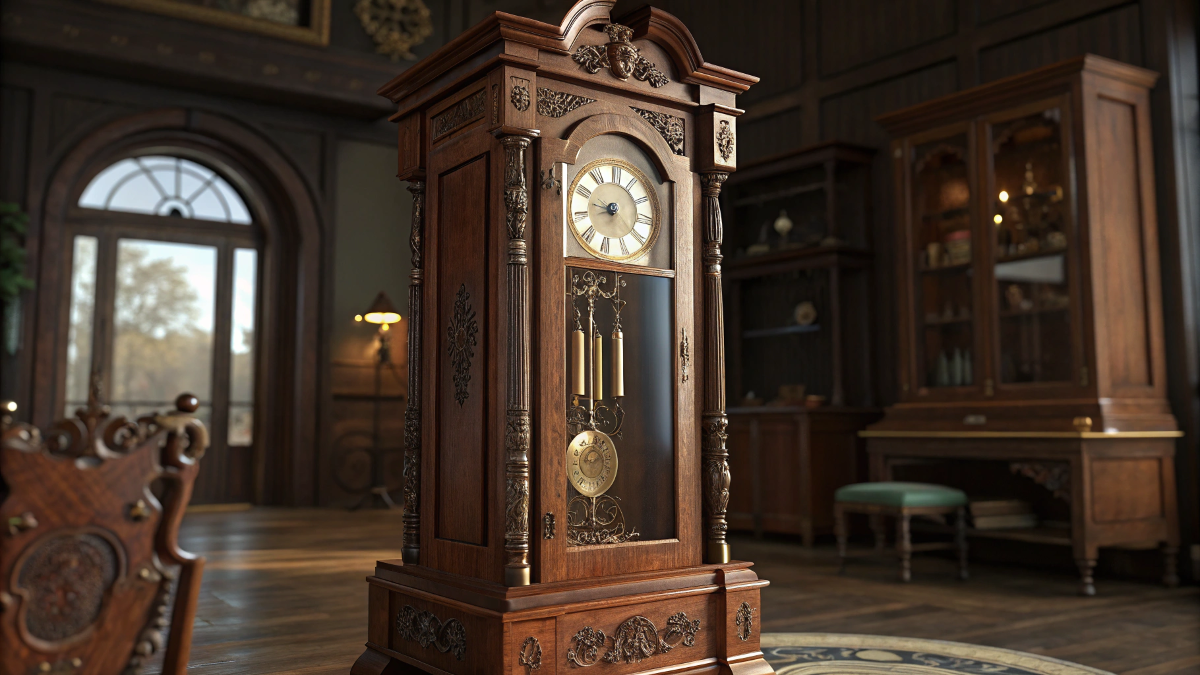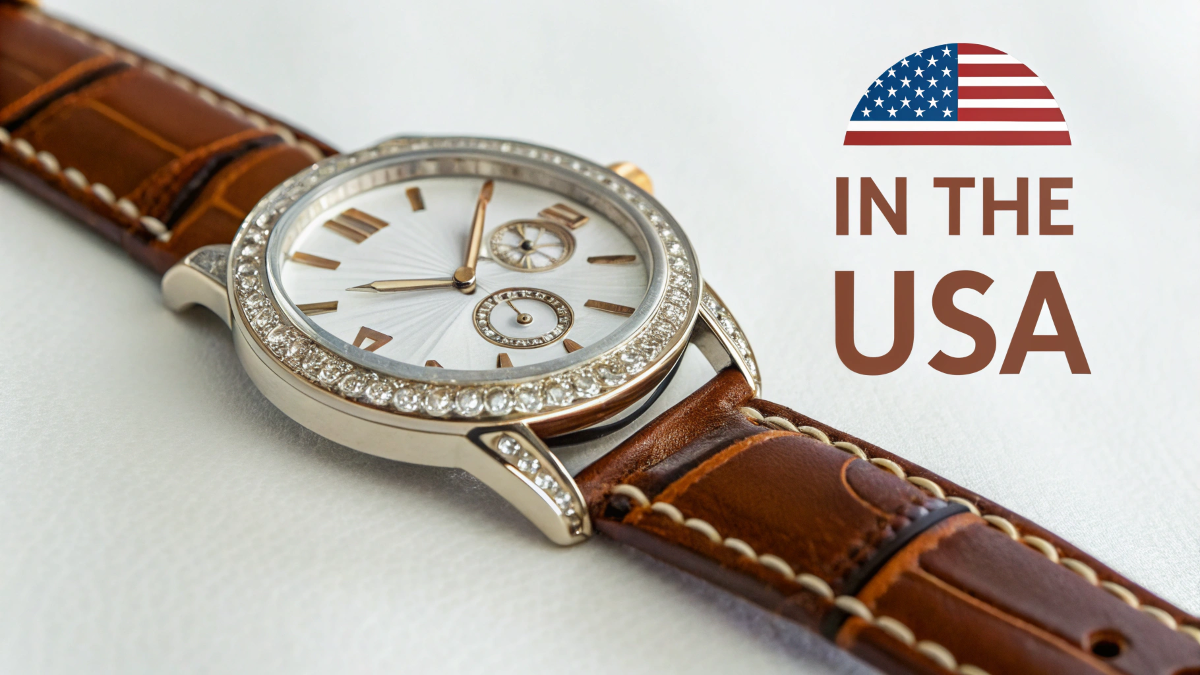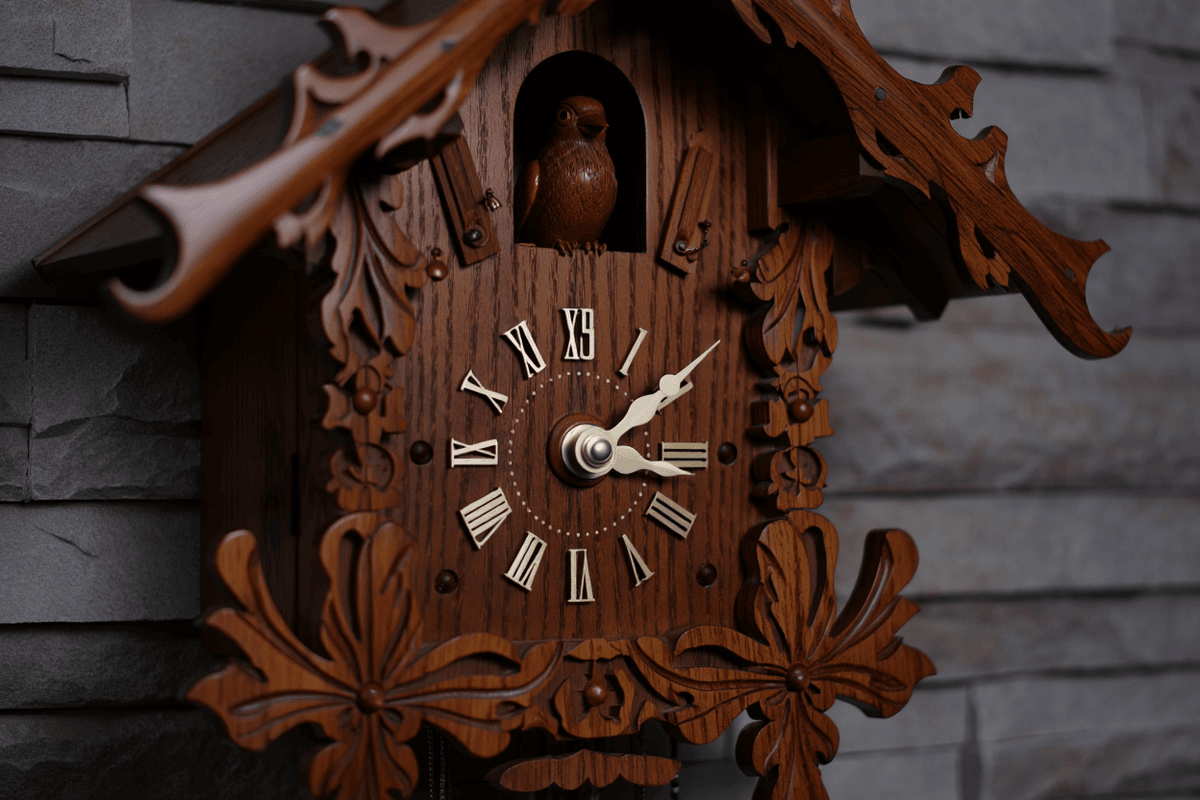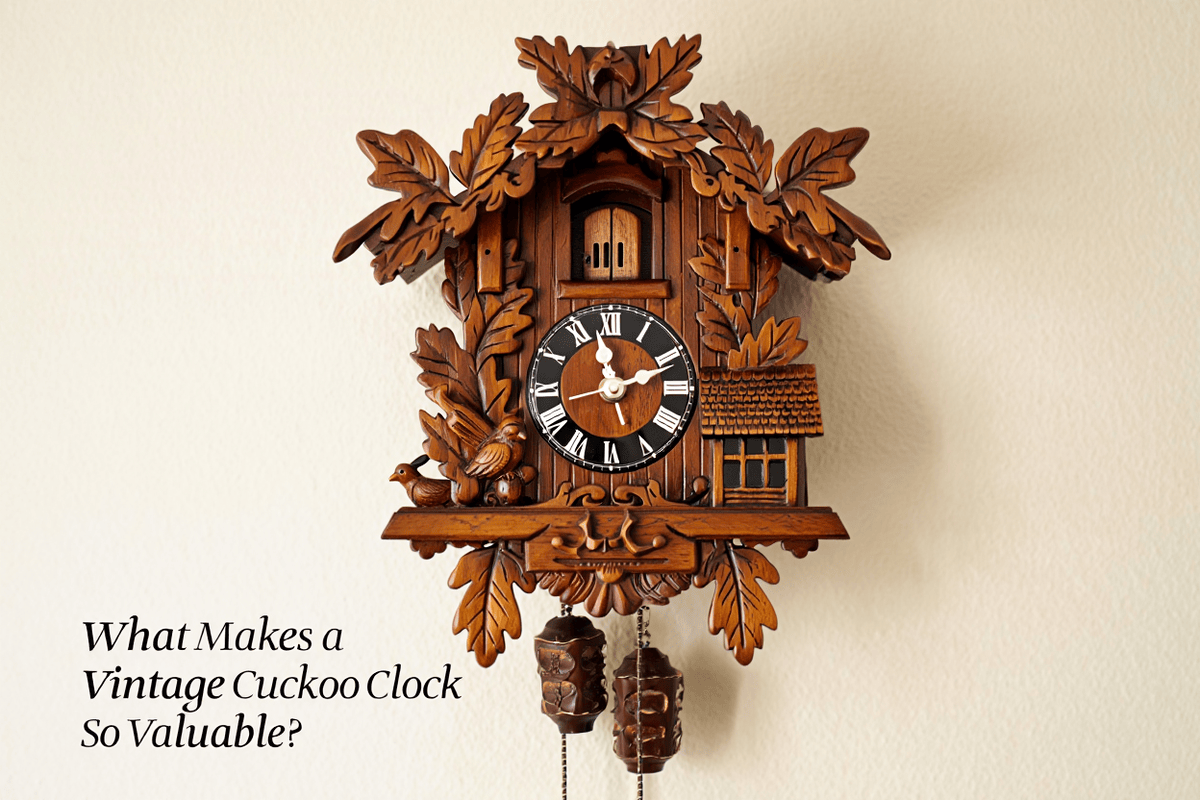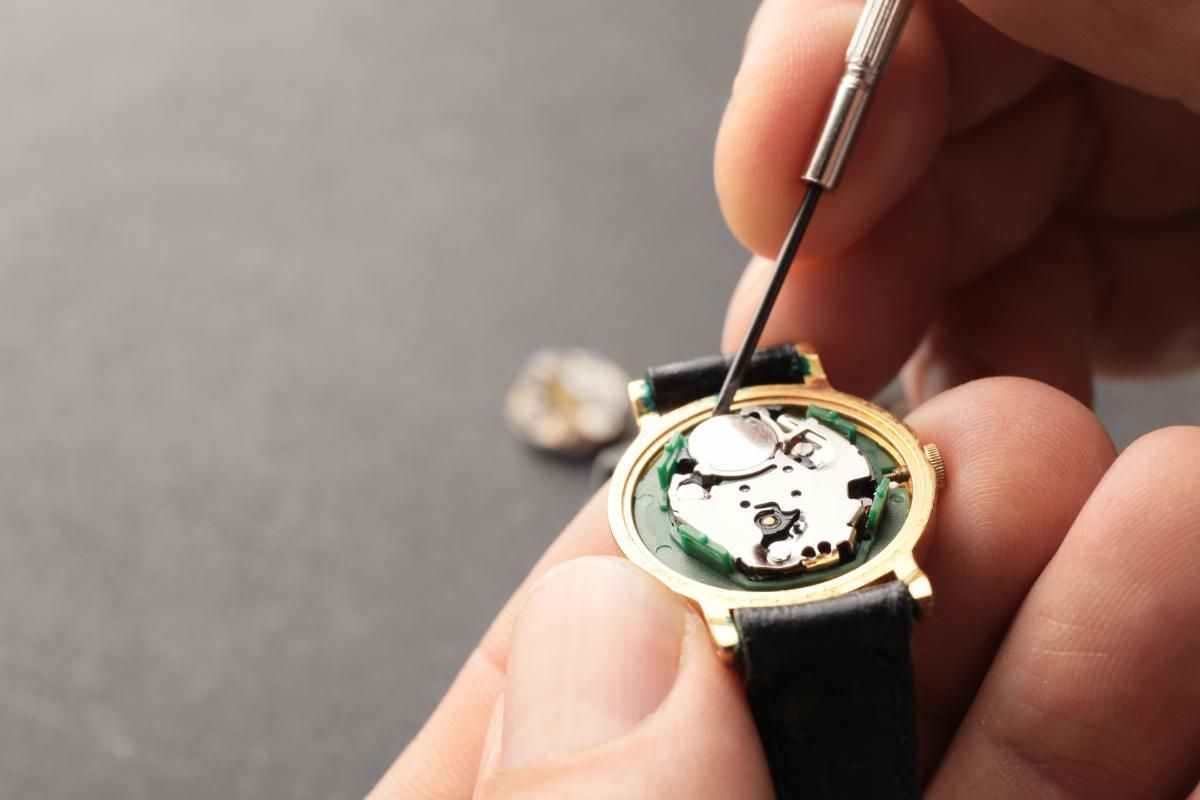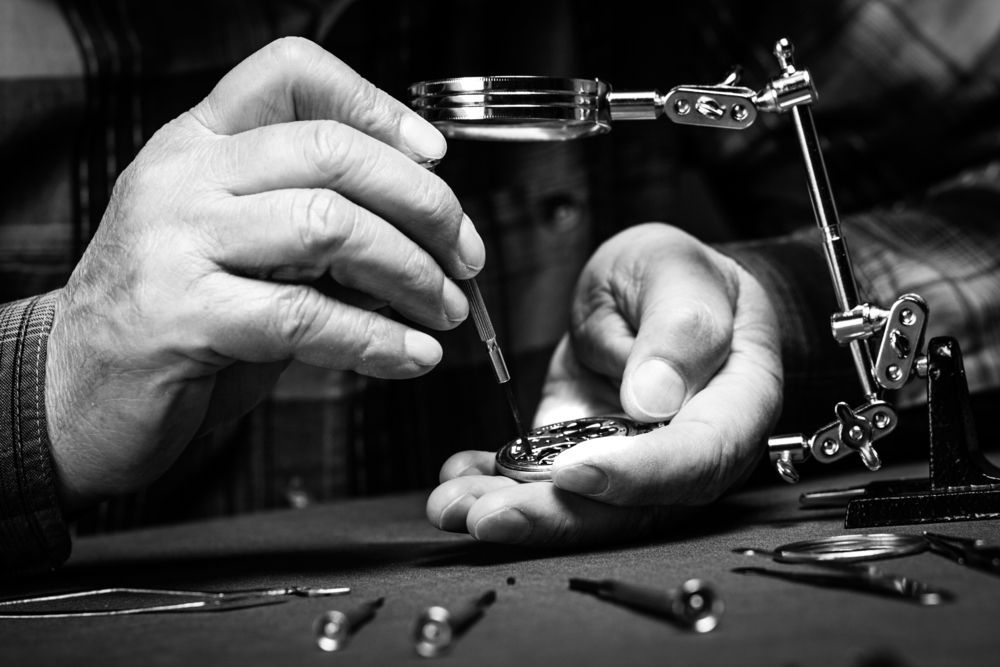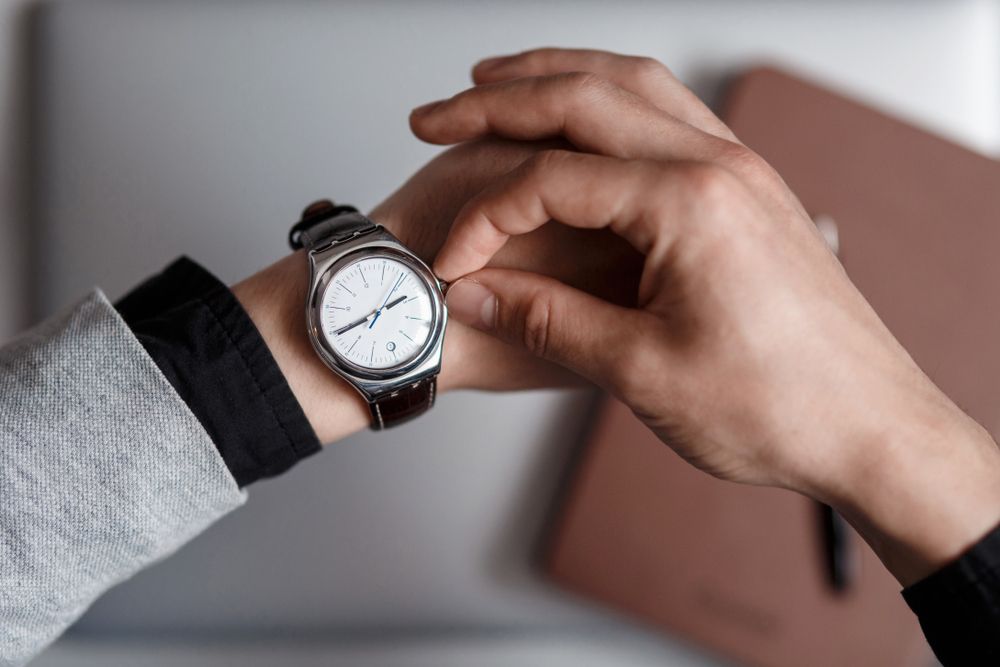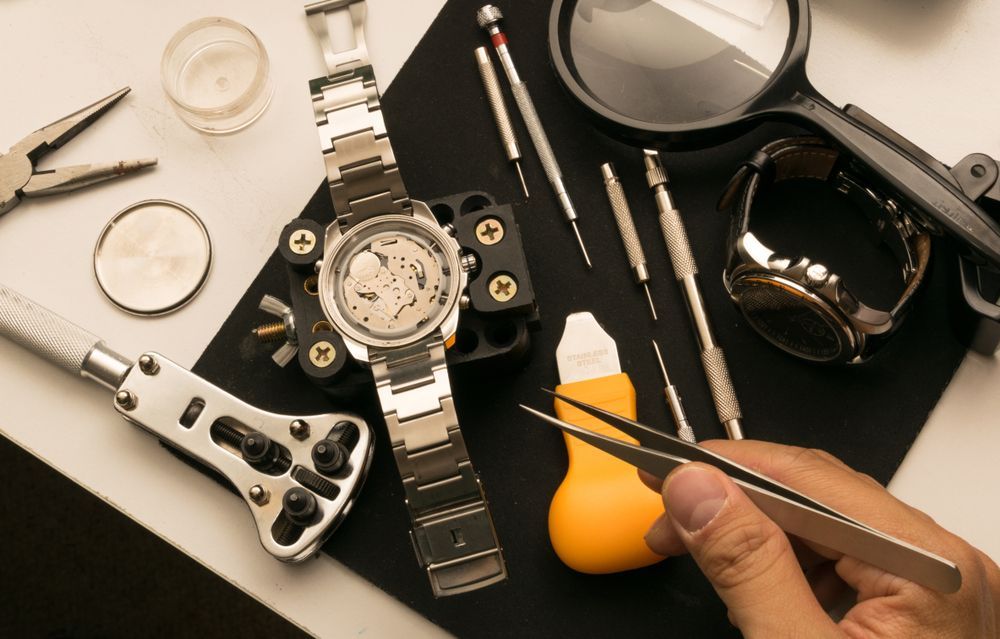Checklist: What to Know Before Buying a Cuckoo Clock
Checklist: What to Know Before Buying a Cuckoo Clock
For centuries, the enchanting cuckoo clock has been a symbol of traditional European craftsmanship and timeless charm. Whether you're drawn to its whimsical call or the artistry of its intricate carvings, purchasing a
cuckoo clock is more than a simple acquisition—it's an investment in history, culture, and heirloom-quality timekeeping. But before you make your choice, there are several critical factors to consider.
1. Understand the Origins and Heritage
A Brief History
Cuckoo clocks date back to the 18th century, with roots deep in the Black Forest region of Germany. These timepieces were originally handcrafted by skilled artisans and quickly became popular for their mechanical ingenuity and decorative appeal.
Why Heritage Matters
Knowing the origin of your cuckoo clock isn't just for trivia—it speaks volumes about the craftsmanship and value. Authentic Black Forest cuckoo clocks often come with a VdS certification (Verein die Schwarzwalduhr), which guarantees that the clock was made in the Black Forest using traditional methods.
Tip: If authenticity is important to you, always ask for the clock's place of origin and look for official certifications.
2. Choose Between Mechanical and Quartz Movement
Cuckoo clocks typically fall into two broad categories when it comes to movement: mechanical and quartz.
Mechanical Movement
These are traditional, weight-driven clocks. You'll find:
- One-day clocks: Need winding every 24 hours.
- Eight-day clocks: Require winding once a week.
Pros:
- Authentic and traditional
- No need for batteries
- Often come with exquisite craftsmanship
Cons:
- Requires regular winding
- Slightly more expensive
Quartz Movement
Quartz clocks are battery-operated and low maintenance.
Pros:
- Easy to use—no winding needed
- Typically more affordable
- Often come with music and animated figurines
Cons:
- Lacks the traditional appeal
- May not hold long-term value like mechanical models
Bottom Line: Choose a mechanical movement for authenticity and tradition or go quartz for convenience.
3. Decide on Style and Design
Cuckoo clocks come in various styles, each with its own charm. Your choice should reflect your décor preferences and the clock's intended location.
Traditional (Carved) Style
These typically feature themes from nature, such as birds, leaves, and animals, and are often hand-carved from linden wood.
Chalet Style
Originating from Switzerland and Southern Germany, these depict miniature Alpine houses with detailed figurines, often animated.
Modern Cuckoo Clocks
These minimalist designs keep the iconic cuckoo but feature sleek lines, bright colors, and contemporary aesthetics.
Tip: Consider the room's style where the clock will hang. Traditional clocks are perfect for rustic or vintage settings, while modern designs are better suited to contemporary homes.
4. Assess the Size and Space
Before purchasing, measure the space where you intend to hang the clock. Consider:
- Height, width, and depth of the clock
- Clearance space for moving elements like pendulums and weights
- Visibility from commonly used areas in the room
Larger clocks make a bold statement but require more wall space. Smaller models are ideal for apartments or cozy nooks.
5. Determine the Type of Cuckoo Sound and Features
Sound Quality and Volume
Cuckoo clocks produce their signature sound through bellows and pipes or digital recordings, depending on the mechanism.
- Mechanical clocks use traditional bellows
- Quartz clocks often have speaker-based sounds
Some clocks offer volume control or night shut-off modes.
Musical Features
Many cuckoo clocks come with music boxes that play melodies at the hour or half-hour.
- Traditional music includes German folk songs
- Some models allow for multiple melodies
Animation
Animated elements such as dancers, woodcutters, animals, and mill wheels add a playful touch.
Tip: Ensure the sound won't be disruptive, especially if placed in bedrooms or quiet areas.
6. Inspect Build Quality and Craftsmanship
Quality craftsmanship is the hallmark of a good cuckoo clock. Look for:
- Hand-carved elements: Crisp and detailed carvings indicate artisan work.
- Materials: Solid wood construction (usually linden or pine) is preferable to composites or plastic.
- Joinery: Well-joined seams and smooth finishes show higher-quality work.
- Paintwork: Detailed and vibrant paint application speaks to skilled handiwork.
Visit showrooms when possible, or shop through trusted dealers to inspect the item or request detailed photos.
7. Evaluate the Clock's Movement Certification and Warranty
A well-made cuckoo clock should include:
- VdS Certification for Black Forest authenticity (if applicable)
- Warranty for parts and labor
- Movement manufacturer (well-known brands like Regula or Hubert Herr)
These documents indicate the legitimacy and quality of your investment.
Tip: Buy from reputable dealers who offer post-sale service and clock repair options.
8. Consider Maintenance and Serviceability
Regular Maintenance
Mechanical clocks require more attention. Weights need to be wound regularly, and over time, internal mechanisms may need oiling or repair.
Quartz clocks need periodic battery replacement.
Repairs and Parts
Choose a dealer who offers repair services, like Chicago Clock Company. Ensure that:
- Spare parts are readily available
- Technicians are trained in both quartz and mechanical movements
- Estimates and service timelines are transparent
Good to Know: Chicago Clock Company provides free estimates while you wait and expert in-house clock repair.
9. Set a Realistic Budget
Cuckoo clocks range widely in price:
- Basic quartz models: $100–$300
- Standard mechanical clocks: $300–$800
- Hand-carved or musical models: $800–$2,500+
- Collector's edition / Antique pieces: Can exceed $5,000
Keep in mind:
- Quality materials and craftsmanship increase cost
- Extra features (music, animation, certification) also raise the price
- Repairs, shipping, and installation may incur additional charges
Establish a budget but allow flexibility for quality and features that matter most.
10. Plan for Shipping and Installation
Cuckoo clocks are delicate, and incorrect installation can cause malfunctions.
Shipping Tips:
- Use insured and reputable shipping services
- Ask for professional packaging
- Inspect for damage upon arrival
Installation Tips:
- Hang on a secure, level surface
- Install high enough to allow weight clearance
- Ensure the pendulum has room to swing freely
Professional setup may be offered by your seller—always inquire.
11. Think Long-Term: Heirloom or Décor?
Before you buy, ask yourself:
- Is this a statement piece or a daily timekeeper?
- Do you want a family heirloom or a decorative clock?
- Is resale or collectible value important?
Understanding your long-term expectations will help guide your decision and justify a higher investment if needed.
12. Where to Buy: Trust Matters
Avoid impulse purchases from marketplaces or sellers with no established reputation. Instead:
- Choose trusted dealers with a brick-and-mortar location and online presence
- Look for reviews, testimonials, and Better Business Bureau accreditation
- Ask about service options, warranties, and return policies
Trusted Option: Chicago Clock Company has decades of experience, a team of seasoned horologists, and a proven track record of customer satisfaction.
Final Thoughts: A Timepiece Worth Your Time
A cuckoo clock is more than just a functional time-teller—it's a living art form, a nostalgic centerpiece, and a conversation starter. Whether you're seeking traditional craftsmanship or a modern twist on a classic, making an informed decision ensures your clock brings you joy for years to come.
By considering heritage, mechanics, style, and service options, you'll not only find the perfect piece but also protect your investment. Don't rush. Let your selection process be as timeless as the piece you're about to purchase.
Trust the Experts at Chicago Clock Company
Are you ready to find the perfect cuckoo clock for your home? Let the experts at Chicago Clock Company guide you every step of the way. Whether you're looking for authentic Black Forest pieces or modern designs or require expert clock repair and battery replacement, we're here to help.
Don't just buy a clock—make time meaningful with Chicago Clock Company.


